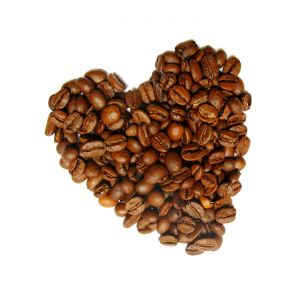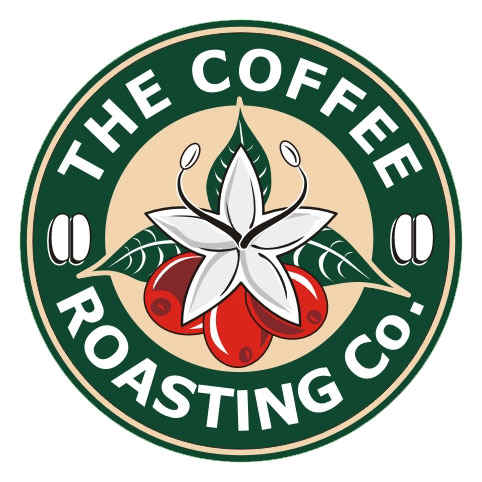Newsflash 18 August 2011: new harvest of Mandheling has arrived


 ®
Est 3
®
Est 3
|
Newsflash 18 August 2011: new harvest of Mandheling has arrived
|
|
About 1.4 billion cups of coffee are consumed on every full turn of our planet (however, not all taste as good as those available in the roastery). It's one of the biggest drinks; and one of the most widespread; available everywhere. The average coffee drinker consumes 4.6kg (10.1lb) of roasted coffee per year (world's highest per capita is Finland at 11.4kg per year). The average consumption in South Africa is 0.6kg (2006); but growing at about ten percent per year. The world's largest consuming nation (in total amount consumed) is the United States of America, followed by Germany, Japan, France and Italy in sequence.
The coffee tree takes at least five years to produce the first harvest and lives for about 50 years. The typical coffee tree blooms with over 30,000 flowers, but the tree only produces a few kilograms of coffee every year. The Coffee Roasting Co. buys beans from the Arabica Typica species grown at altidudes above 1,500m that only has a yield of 700kg to 1,500kg per hectare (compared to Caturra Arabica or Robusta which produce over 12 tons per hectare). Hence the more concentrated taste and higher cost of our Arabica coffee.
A coffee berry. 1: center cut 2:bean (endosperm) 3:silver skin (testa, epidermis), 4: parchment (hull, endocarp) 5: pectin layer 6: pulp (mesocarp) 7: outer skin (pericarp, exocarp)A green coffee bean is composed of (on average): 13% water, 50% carbohydrates, 12% proteins, 12% oils, 8% chlorogenic acids (gives the dry taste), 1% percent alkaloids, such as caffeine and the remainder trace elements. There is no "one" coffee flavour - Arabica coffee contains over 900 different flavour compounds that react with water and change as you drink the cup - coffee is a unique flavour sensation.
Caffeine ( 1,3,7-Trimethylxanthine: C8H10N4O2; mol wt 194.19. C 49.48%, H 5.19%, N 28.85%, O 16.48%) is addictive but not bad for you. There are several proven health benefits and it causes no diseases. It makes you feel good by causing the release of dopamine. A typical cup of pure arabica coffee contains about 120mg caffeine. Some comparisons for the same cup size: robusta: 250mg; supermarket blend: 175mg; instant coffee: 110mg; tea: 50mg; cola: 31mg; hot chocolate: 20mg; decaf coffee: 6mg. It takes an average of 42 coffee beans to make a single shot of espresso. A typical mug of coffee will contain about 110 coffee beans. How you brew the coffee is as critical to the taste as using freshly roasted pure Arabica coffee. You can mess up a perfectly good cup of coffee by using the wrong amount of coffee, the wrong grind, water that tastes bad or is too hot and the wrong brewing time. For some help with the Zen of brewing coffee click here.
|
|